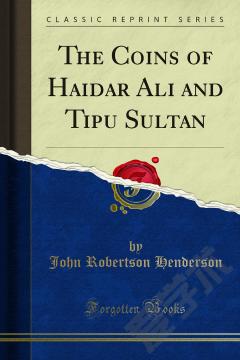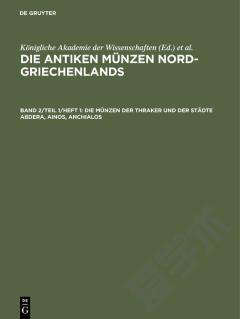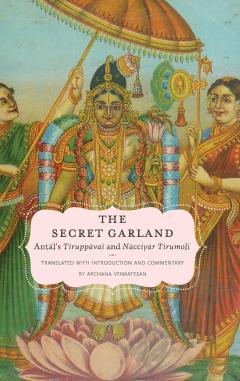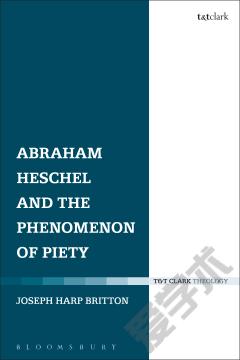The Coins of Haidar Ali and Tipu Sultan
Many features of interest are presented by the coins of the two Muhammadan sovereigns who controlled the destinies of Mysore for the brief period Of thirty-eight years, — Haidar Ali, the illiterate warrior, able in troublous and therefore propitious times to establish a kingdom by his forceful personality and military genius, and Tipu Sultan, the son, who was unable to retain that kingdom. They are memorials Of two remarkable men with whom Britain was frequently at war, issued at a time when the question of European supremacy in India was still in process of determination. But in addition to their historical associations and the light which they throw on the policy and even on the personal characteristics of the two rulers, there are other features which render the coins specially attractive to collectors. Many of them are still met with in considerable numbers, not only in the bazaars of nearly every Mysore Village, but also over a considerable part of Southern India, while others again are of extreme rarity. The well-executed figure of an elephant, introduced by Haidar on some of the copper coins issued towards the close of his reign, and continued by Tim? On all those struck in the same metal, forms a distinctive feature; many Of the gold and silver pieces afford indisputable testimony to the decora tive value of the Arabic script, and it may be doubted if any coin more attractive in this respect than Tipu's double-rupee has ever been struck in India. For all these reasons it is not surprising that an extensive literature has sprung up on the subject, and no series of coins issued in South India and few in other parts of the country have been more Often described or referred to.
{{comment.content}}








 京公网安备 11010802027623号
京公网安备 11010802027623号